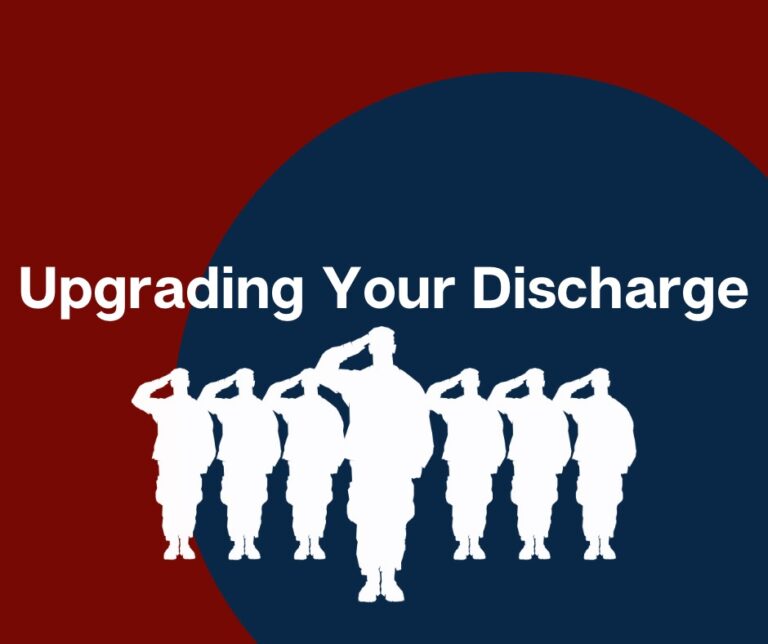Understanding the Concurrent Retirement and Disability Pay Act
The Concurrent Retirement and Disability Pay (CRDP) Act is a crucial piece of legislation that impacts military retirees and addresses the complex relationship between military retirement pay and disability compensation from the Department of Veterans Affairs (VA). This act has significant implications for military retirees, particularly those who have service-related disabilities. In this discussion, we will delve into the CRDP Act, its provisions, and what it means for military retirees.
What Is the Concurrent Retirement and Disability Pay Act?
The Concurrent Retirement and Disability Pay (CRDP) Act is a federal law that allows eligible military retirees to receive both their military retirement pay and VA disability compensation simultaneously. Prior to the enactment of this law, commonly referred to as CRDP, military retirees faced a dilemma known as the “VA offset.” This offset essentially reduced their military retirement pay dollar-for-dollar by the amount of VA disability compensation they received. In essence, retirees had to choose between their military retirement pay or VA disability compensation, but not both.
The CRDP Act, which came into effect on January 1, 2004, aimed to rectify this issue by allowing qualified retirees to receive both military retirement pay and VA disability compensation concurrently. It is important to note that not all military retirees are eligible for CRDP benefits; eligibility criteria determine who can benefit from this program.
Key Provisions of the CRDP Act
To understand the impact of the CRDP Act on military retirees, it’s essential to explore its key provisions and requirements:
- Eligibility Criteria: To qualify for CRDP benefits, military retirees must meet specific eligibility criteria. The primary requirement is that they must be retired from active duty or the reserves and must have a VA-rated disability of at least 50%. Veterans who are eligible for Combat-Related Special Compensation (CRSC) may also qualify for CRDP.
- Percentage of Disability: The CRDP Act considers the percentage of disability as determined by the VA. The higher the VA disability rating, the greater the amount of disability compensation a retiree can receive concurrently with their military retirement pay.
- Waiver of Retired Pay: The law mandates that a military retiree must waive a portion of their gross Department of Defense (DoD) retired pay equal to the amount of their VA disability compensation. This means that while they can receive both payments concurrently, their DoD retirement pay is reduced by the amount of their VA compensation.
- Taxation: CRDP payments are not considered taxable income. This means that veterans do not pay federal income tax on the CRDP portion of their retirement pay, but they do pay taxes on their regular retirement pay.
- Survivor Benefit Plan (SBP): Retirees who participate in the Survivor Benefit Plan (SBP) may need to consider the impact of CRDP on their SBP premiums and benefits. The CRDP Act can affect the SBP calculation for surviving spouses.
What CRDP Does for Military Retirees
The CRDP Act has several significant implications and benefits for military retirees:
- Financial Relief: One of the primary advantages of CRDP is financial relief. Military retirees with service-connected disabilities often rely on VA disability compensation to address their healthcare needs and maintain their overall well-being. Prior to CRDP, the VA offset significantly reduced their income. With CRDP, they can receive both military retirement pay and VA disability compensation concurrently, providing them with greater financial stability.
- Access to Both Benefits: CRDP allows military retirees to access both their earned military retirement benefits and VA disability compensation. This is particularly important for retirees who have served honorably and have service-related disabilities. They no longer have to choose between one benefit or the other, ensuring they receive the full range of support they deserve.
- Support for Disabled Veterans: The CRDP Act plays a crucial role in supporting disabled veterans. It acknowledges their sacrifices and ensures they receive the compensation and benefits they need to address service-related disabilities. This support can significantly improve the quality of life for veterans and their families.
- Increased Income: For many military retirees, CRDP means an increase in income. By receiving both military retirement pay and VA disability compensation, they have a higher total income, which can make a substantial difference in their financial well-being.
- Tax Benefits: CRDP payments are not subject to federal income tax. This provides retirees with tax advantages and ensures that they can maximize the benefits they receive.
- Improved Quality of Life: By alleviating financial burdens and ensuring access to both retirement pay and disability compensation, CRDP contributes to an improved quality of life for military retirees. It provides them with the financial resources to address healthcare needs, support their families, and enjoy a more secure retirement.
For many military retirees, CRDP means relief from the previous VA offset, increased income, and the ability to address their healthcare needs more effectively. It also offers tax benefits and enhances their overall quality of life during retirement.








I was retired in 1993 as a USAF MSgt Retiredwith 20 years of service. Shortly after my retirement I assessed myself and realized I had a couple of fairly benign disabilities to which the VA concurred and rated me 30% disabled. Therefore I received 30% of my military retired pay in VA Compensation at that time.
I divorced in 2003 and agreed to split my disposable retired pay 70% for ex and 30% (the VA compensation) for me. Essentially meaning my ex got 100% of My disposable retired military pay. The retired pay total was around $1100, which when my 30% was subtracted left her about $895 per month. A copy of the agreement and divorce decree was filed at DFAS and they would only send her half of the military pay and I would have to pay the rest from the 50% they sent me, for the rest of my life.
Fast forward 15 years and I have become increasingly disabled 60% and then 100%. Under CRDP, despite the fact that this new pay was generated solely on 100% disability, DFAS continued sending 50% to ex spouse when the intent of congress regarding CRDP was to help my family. They had seen me go through bladder cancer, still have leukemia, multiple surgeries and serious mental issues, wherein I was forced to leave my government position and become unemployed.
CRDP was unknown to us in 2003 (it was passed in 2004) and it never occurred to us that I would become further disabled
My ex has sued me as if the retirement in the divorce was not wholly divided by agreement in 2003 with statements of how it could increase (COLA) and decrease (with the payment of SBP). I even wrote a provision into the agreement that if the pension should somehow drop below its current value, I would make up the difference out of my own funds. So the wholly divided pension had an articulated top and bottom value in 2003.
My ex sued me, I do not have an attorney as it is too expensive and needless to say the judge clearly was horrified by my unwillingness to share the CRDP as it was not part of the divorce. The judge was further horrified that I was planning to file for CRSC eliminating the total military retired pay. At my spouse’s request he issued an illegal injunction against my making any changes in my military pay particularly related to CRSC.
It does not look good (with horrified and rude comments from the judge) causing me to give up hope that this money clearly meant for my present family will go to a woman who I have not had but minimal contact with in over 20 years.
I would so appreciate your thoughts and comments in this matter.
Any conceptual assistance would be so appreciated. I believe there are new cases with a freeze date as of the date of divorce but I do not know enough about them and could not articulate the matter clearly in court because I did not know how.
Thank you in advance
Hello, and thank you for your service Mr. Summer. We are sorry to hear about the problem you are facing, but we cannot offer any comment on the matter. What we can mention is that, here in Arkansas, there is a legal group that offers pro bono representation for Veterans. You didn’t mention which state you reside in, but it is quite possible there may be a similar legal office in your state. Your state Veteran’s Affairs office could supply your with that type of information.